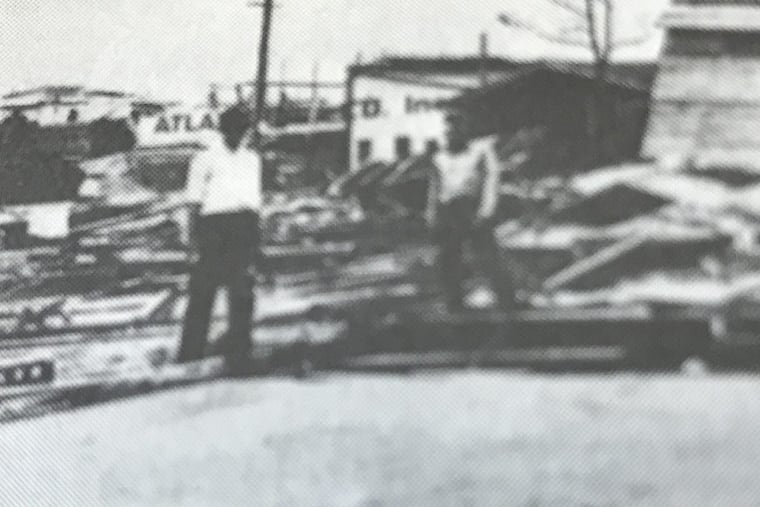Florida hurricanes present and past, and 'disaster amnesia'
Despite a history of hurricane damage, building has continued apace along Florida's and the nation's coasts.

The winds that roared through downtown Miami at 115 mph at 5 a.m. died suddenly shortly after 6.
"The streets of the city became crowded with people," Richard Gray, the U.S. Weather Bureau meteorologist on duty the morning of Sept. 18, 1926, wrote in his compelling account of the storm.
They had spent the night in downtown buildings and they "rushed out to view the wreckage that filled the streets."
For many of them, the lull was a death trap. It lasted 35 minutes as the eye of the Great Miami Hurricane passed over the city, and despite Gray's warning that the storm wasn't over, they perished in the second wave of the hurricane's fury.
In all, perhaps 1,000 people were killed; no one is quite sure of the actual count from a storm that made a direct hit on Miami and blew away the bureau's instrument shelter.
And as bad as Hurricane Andrew was in 1992, if the 1926 storm hit today it would become the costliest on record, with damage totaling $213 billion, according to ICAT, the catastrophe-insurance service based in Colorado.
A lot has changed since then. The Sunshine State's population grew from 1.5 million in 1930 to 20.6 million today. Statewide, the value of insured property in Florida coastal areas is about $2.9 trillion, according to the Insurance Information Institute.
Florida, says Stephen Strader, geography professor at Villanova University, has suffered from a dangerous case of "disaster amnesia."
Irma on Friday appeared poised to wage an all-out assault on the nation's fourth-largest state, one immensely fertile in natural vistas and spectacular properties. Expect the nation to respond promptly and generously, as well it should, as Floridians live through a nightmare.
But as is so often the case, humans bear responsibility for the consequences — global warming aside.
Florida is a state with a vast harvest of risky building. "You essentially have places we shouldn't be building on," Strader said. "They're in vulnerable places."
Florida is hardly the only example of a venue for questionable permitting decisions. Houston, still recovering from the devastation wrought by Harvey, would be another prime case study, Strader said. In all, over $10 trillion worth of insured property lines the nation's coasts.
Powerful hurricanes are hardly new. One ambushed Christopher Columbus, and accounts of Florida hurricanes date to the 16th century after Europeans arrived.
The state has weathered a sequence of damaging storms, and the insurance institute notes that seven of the 10 costliest hurricanes have affected Florida.
Unfortunately, the nation's coastal areas are so built up that any possibility of retreat is all but out of the question, practically and economically.
"There's been no resetting of our thoughts of risk," Strader said. "If you do something repeatedly and nothing changes, you can't expect different results."
One positive consequence of past hurricanes is that replaced or rebuilt structures tend to be more storm-resistant than their predecessors, said Steven Weisbart, the insurance institute's chief economist. He added that expected the industry to weather Harvey and Irma; Harvey ended a record 12-year stretch in which not a single major hurricane made U.S. landfall.
But Irma almost certainly is going to be a nightmare for millions of Floridians, and ultimately it will affect all taxpayers, who will be chipping in for what is likely to be a prodigious federal disaster assistance bill.
Strader, whose family lives in Indiana, said he was speaking with his father, who said, "'I'm glad I live here.'" The son responded, "Well, you're going to be paying for this."